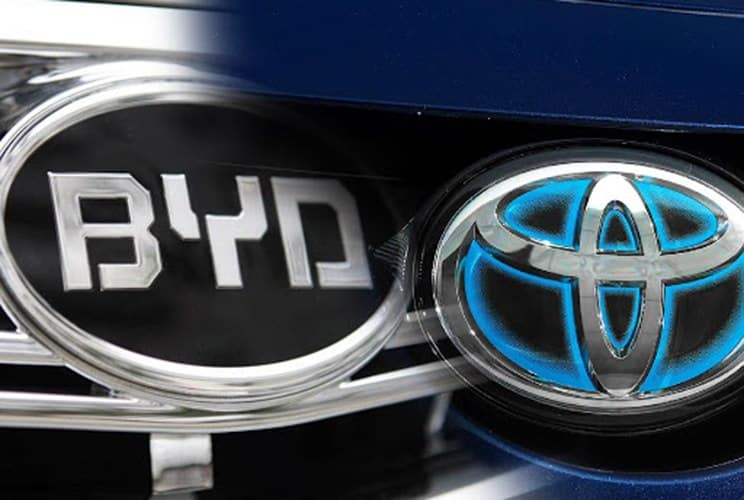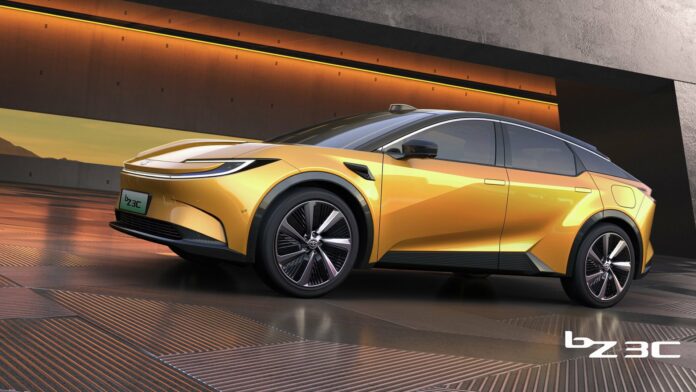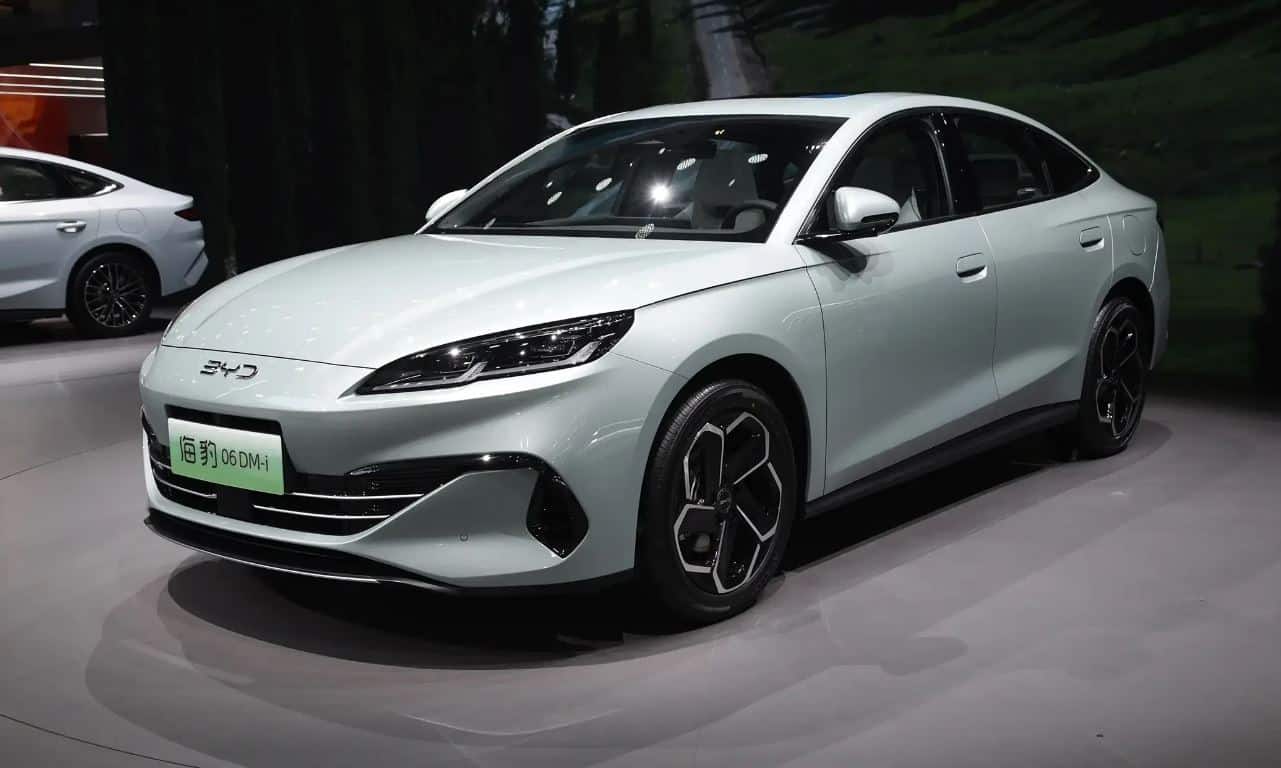Toyota will introduce two or three new plug-in hybrid (PHEV) models in China in the next two to three years, most likely based on BYD’s PHEV DM-i platform, local media reports.
The Japanese auto giant will also no longer use the THS (Toyota Hybrid System) platform, which powers HEV models, for newly launched cars in China. HEV stands for hybrid electric vehicle, and it is basically an ICE car that can’t be charged, can’t get a green license plate in China, and doesn’t receive the same subsidies and treatment as BEVs or PHEVs.
Toyota previously launched E+ plug-in hybrid versions of Corrola, Levin, and RAV4 in China without much success. The three new vehicles will use different PHEV platforms from those models.
Neither Toyota nor BYD confirmed the news. “But what is certain is that if BYD’s DM-i technology is adopted, Toyota will definitely carry out new polishing and tuning, and the driving experience of the final model will still be different,” Caijing reports, citing sources from Toyota.
DM is BYD’s PHEV platform, which stands for DualMode and was launched in 2008. This month, it will launch its fifth generation, which will supposedly allow the models to run a 2000 km range CLTC and consume 2.9 liters per 100 km. DM has two main versions: DM-i and DM-p. DM-i stands for DualMode intelligent and emphasizes low consumption and efficiency, while DM-p is used for all-wheel drive (AWD) or off-road vehicles.
Recently, BYD also launched a DMO platform dedicated to hard-core off-road vehicles, which is currently being used for the Fang Cheng Bao lineup. It is most likely an adjusted DM-p platform.
Toyota heavily cooperates with BYD. In 2021, both companies established a joint venture, BYD Toyota Electric Vehicle Technology, with a 50/50 share. In 2023 Toyota launched its second all-electric car – Toyota bZ3 sedan co-engineered with BYD, where BYD supplied its LFP Blade battery packs, e-motor and some other in-car tech.

Besides, Toyota has two main joint ventures in China with state-owned automakers: FAW-Toyota with First Automobile Works and GAC-Toyota with Guangzhou Automobile Group.
“Under the pressure of the Chinese EV price war, the cost is an important condition that Toyota must consider. The core factors why Toyota prefers to use BYD’s DM-i technology are its low cost and the fact that the technology is relatively mature,” sources say to Caijing.
Last month at the Beijing Auto Show, Toyota’s Chief Technology Officer (CTO) Hiroki Nakajima stated that the company will start making more plug-in hybrid vehicles (PHEVs).
“Since the introduction of the Prius in 1997, Toyota has seen HEVs as a practical solution, and with the continuous advancement of battery technology, as well as the development of batteries and changes in the energy situation, BEVs have emerged. Personally, I think that the P in PHEV is not a plug-in but a practical practical. In other words, practical BEVs,” Hiroki Nakajima said.
Toyota will use the PHEV as a powerful starting point to compete in China’s new energy vehicle market, concludes Caijing. More answers may not be revealed until the end of this month when Toyota holds its electrification technology conference in Japan.
Source: Caijing via LatePost





